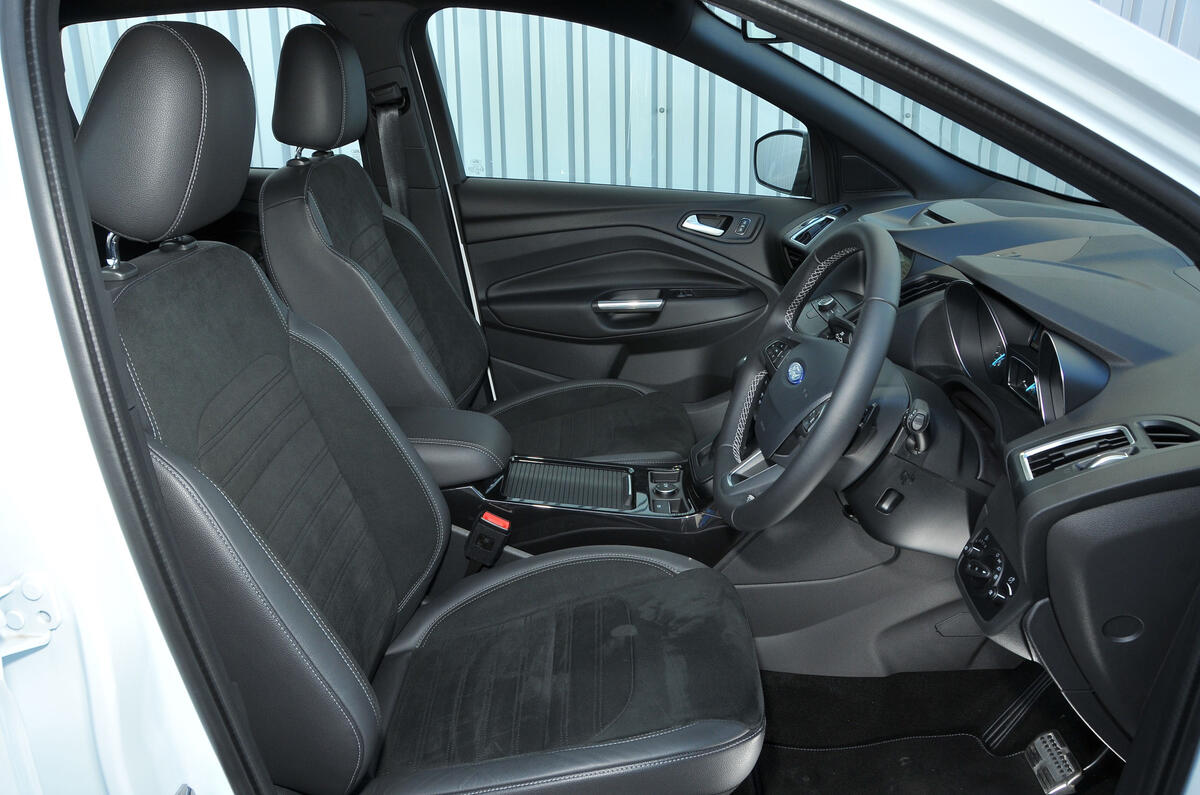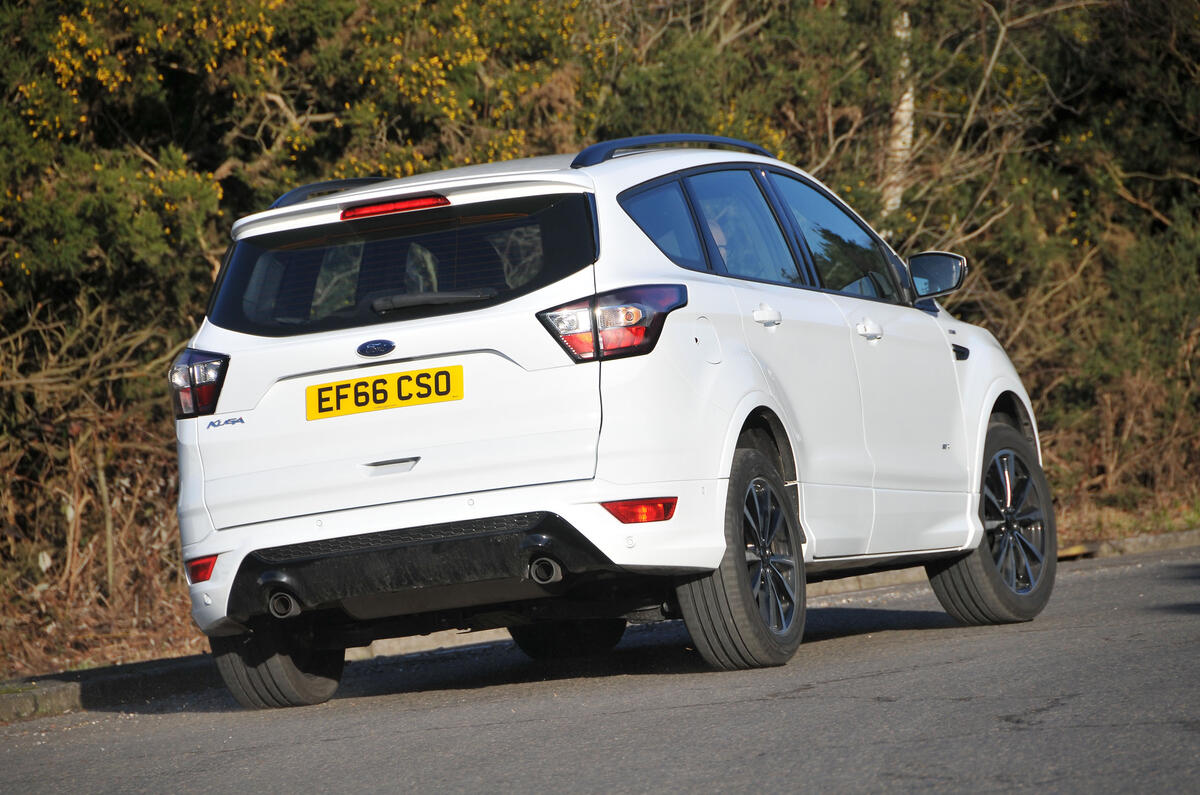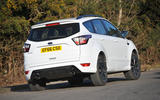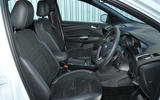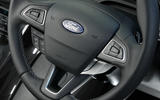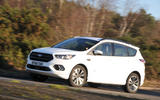The second-generation Ford Kuga isn’t just a versatile, smart-looking and sensible SUV. No, another reason this became one of Ford’s best-selling models is because it’s a surprisingly rewarding car to drive – even matching some of its premium-badged SUV rivals for refinement and dynamism.
You won’t pay a premium price, though. Just £2000 is all you need to snap up a Mk2 Kuga these days – if you can stomach the signs of heavy use and high miles of cars at this price point – but even more recent, better-kept examples can still be had for four figures, so let’s get familiar with this family hauler.
The wheelbase is the same as the Mk1’s, but with an extra 81mm added to its length and some clever packaging tricks, the Kuga is more capacious in the front and rear.
There are generous helpings of head and leg room so adults will feel comfortable in the back. Boot space is far better than its predecessor’s too, at 800 litres with the rear seats up, which means there’s plenty of room for pets, suitcases, the weekly shop and family paraphernalia.
Perceived quality inside is good and certainly lives up to the high standards that Ford set itself in the mid-2010s. Sure, there are some scratchy plastics here and there, but it’s enhanced by some chrome-esque finishes that bolster its upmarket credentials.
Of course, the calibre of finish in the cabin varies according to trim level, and while the entry-level Zetec has alloys, a digital radio and air-con, the slightly swisher Titanium (which has larger wheels, climate control, parking sensors and partial leather trim) is the sweet spot – and only marginally more expensive.








